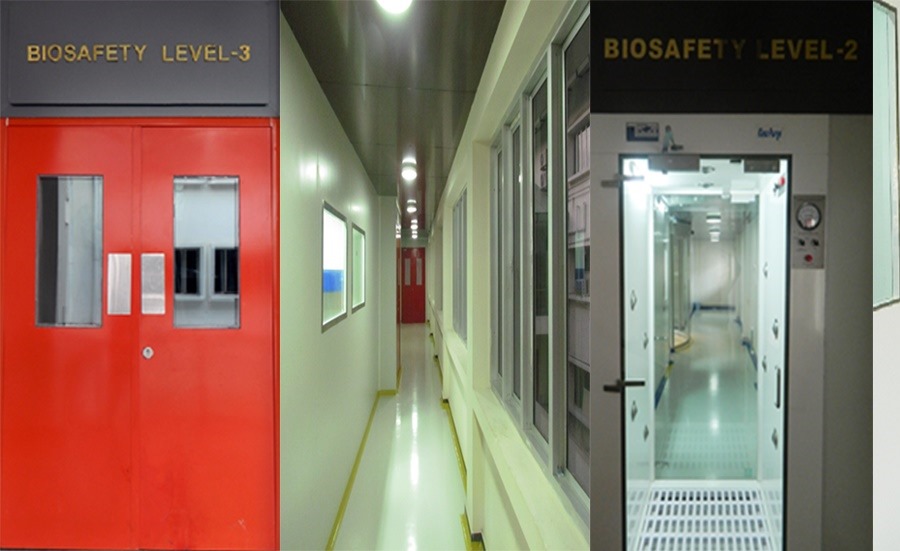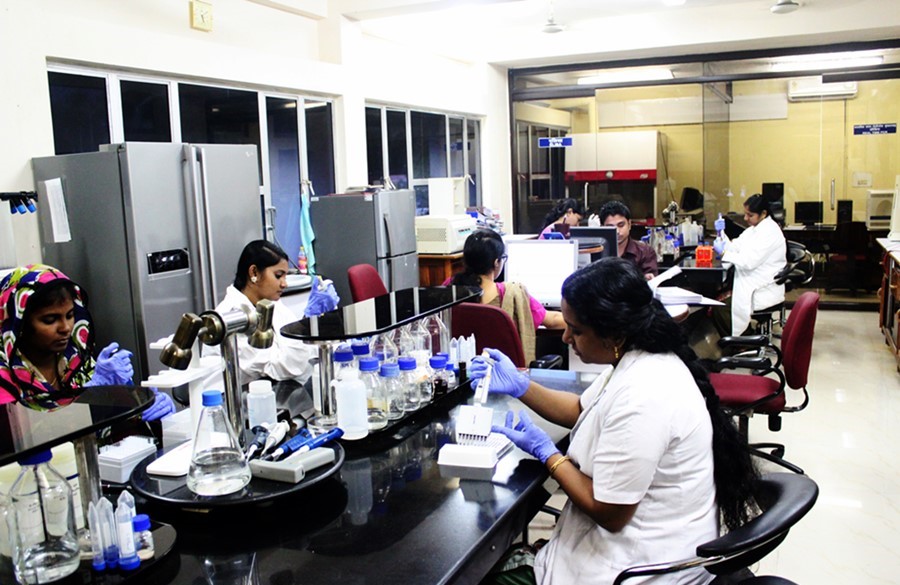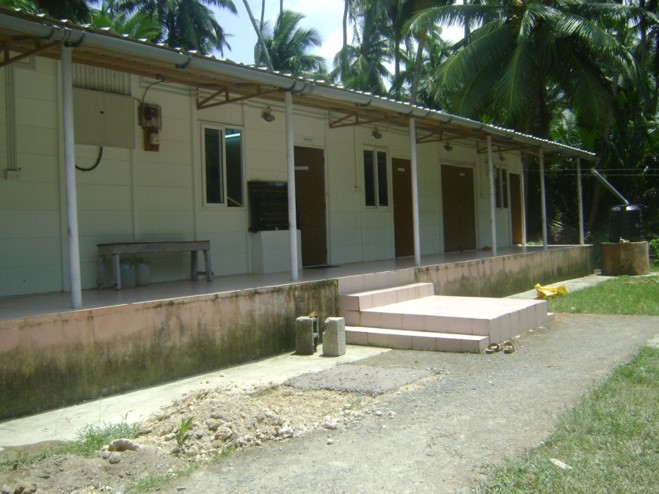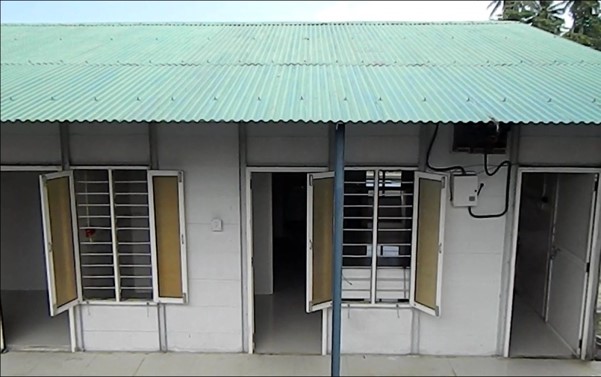Establishment of facilities for the diagnosis of novel H1N1 influenza A
In view of the increasing air and sea travel between mainland and these islands, there was a risk of the ongoing pandemic of novel H1N1 Influenza A spreading to these islands also. Recognizing this, the Indian Council of Medical Research accorded approval for establishment of facilities for molecular diagnosis of novel H1N1 Influenza A. Eventually, diagnostic facilities were set up in the Centre as a response to the ongoing pandemic.
Laboratory facilities for cell culture, isolation and characterization of viruses
Many new viral infections are emerging and some of the existing ones, which were under control, are re-emerging. Andaman and Nicobar Islands can be the potential entry point for viral infections that are prevalent in Southeast Asian countries because of the geographical proximity and the people-to-people contact due to poachers from these countries visiting and often mingling with the tribal populations. A strong surveillance against viral diseases in the islands is an important public health need of the country. Recognizing this, the Centre developed facilities for virus isolation and serological and molecular studies on viral infection. Cell culture facilities are essential pre-requisites for any virology laboratory and therefore, modern laboratory with cell culture facilities was set up. Dr. V.M. Katoch, Secretary, DHR and DG, ICMR inaugurated the cell culture facilities of the Centre.
Biosafety level three (BSL3) facilities
Since the centre has diversified its research into emerging viral infections, facilities to handle highly infectious viral pathogens was necessary. Keeping in view of this laboratory with biosafety level three facilities was established. This will facilitate research on most of the human pathogens including animal experimentation also. The facilities were inaugurated by Thiru S. Gandhiselvan, Minister of State for Health and FamilyWelfare, Govt. of India.
Establishment of virology diagnostic laboratory (Grade I)
In response to ICMR's initiative for Infrastructure and capacity building on developing a Diagnostic Virology Laboratory network in India, envisaged to supplement the existing national facilities in viral disease outbreak investigations, efforts were undertaken to develop research facility in medical virology. Establishment of a reliable viral laboratory is a prerequisite for a strong public health response to emerging viral diseases. To that end, we have put in place sufficient infrastructure to provide a strong Laboratory component in viral disease outbreak investigation in the Union Territory of Andaman and Nicobar Islands. The focus of infrastructure development was to establish a sound virus isolation facility (tissue culture and animal inoculation) supplemented by viral serology, Rapid viral diagnostic techniques such as fluorescence microscopy and molecular diagnostic facilities including (PCR, Real Time PCR, sequencing and genotyping.

BSL3

Central Lab
FIELD UNITS
Need for Field Stations
Health problems of the indigenous tribes have special emphasis in the mandate of the Centre. The largest tribal group of the islands, Nicobarese, live in various islands of Nicobar group, the most densely populated island being Car Nicobar. The ICMR have quite recently formed a forum on Tribal Health Research. Therefore, in order to facilitate applied field research among the Nicobarese, it was proposed to establish two field stations in Nicobar district, one at Car Nicobar and the second at Kamorta in Nancowry group of Islands.

Field Unit at Car Nicobar

Kamorta Field Unit
Leptospira Reference Unit (LRU) at NIE, Chennai
Recently a field unit has been established in the premises of National Institute of Epidemiology, Chennai. This is an auxillary Leptospira Reference Unit
Field Station at Car Nicobar
The Deputy Commissioner allotted Land for construction in Car Nicobar and a field station with all necessary laboratory facilities have been established. The field station was inaugurated on 24 May 2010 by Hon'ble Minister of Health and Family Welfare, GOI Thiru S Gandhiselvan and Laboratory Facilities were inaugurated on 29 July 2010 by Shri T. Sreekanth, Deputy Commissioner, Car Nicobar. The field station is fully equipped to carry out basic research work as well as for molecular biology work.
Kamorta Field Station
Land and a built up structure at Kamorta have been allotted by the Andaman and Nicobar Administration for setting up a field station. The centre took possession on 8 July 2010. The field station will be crucial in the proposed project of elimination of sub-periodic filariasis from Nancowry group of Islands, the only place in India where this form of filariasis is prevalent. The Nancowry group of islands are very remotely located and are difficult to access. The presence of the field station at Kamorta will greatly facilitate extending the services of the Centre to the marginalized people of these islands as well as for proper representation of these population groups in the Centre’s studies.





